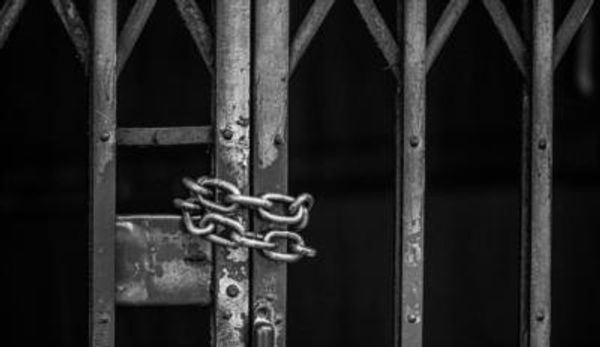
South Korea and the United States will press ahead with large-scale military drills later this month despite North Korea threatening to take “unprecedentedly” strong action against such exercises.
The South Korean and US militaries will conduct military exercises from March 13 to 23 to strengthen their combined defensive capabilities, the two militaries said in a statement on Friday.
The exercises mark the longest edition of the exercises dubbed “Freedom Shield”, which according to South Korea’s Yonhap News Agency will involve a “joint computer-simulation command post exercise” that runs concurrently with a field training exercise, called “Warrior Shield”.
“Freedom Shield is designed to strengthen defence and response capabilities of the Alliance by focusing within the exercise scenario on things such as the changing security environment, DPRK aggression and lessons learned from recent wars and conflicts,” the joint statement said. DRPK are the initials of North Korea’s official name: the Democratic People’s Republic of Korea.
Previous joint military exercises have drawn sharp reactions from North Korea, including missile launches and nuclear threats, and it is likely that Pyongyang will respond to Freedom Shield with provocative missile tests and belligerent rhetoric.
North Korea is opposed to such drills, which it says are rehearsals for invasion by the US and its allies in Seoul.
On Friday, the two militaries also conducted a combined air drill with at least one American B-1B long-range bomber and South Korean F-15K and KF-16 fighter aircraft, South Korea’s ministry of defence said in a statement. The aim of the drill was to practice coordination as well as demonstrate Washington’s “extended deterrence” against North Korean threats, the ministry said.
Such exercises have in the past drawn sharp reactions from North Korea, including missile tests and nuclear threats.

During the forthcoming exercises, the allies will conduct a number of large-scale joint field training drills during Warrior Shield that are designed to improve operation execution capabilities, said Colonel Isaac L Taylor, a spokesperson for the US military. He said the field training will include a combined amphibious assault drill.
Last month, North Korea’s foreign ministry warned the US and South Korea that they would face “unprecedentedly persistent and strong counteractions” if they carry out their planned military drills this year.
Later, senior North Korean foreign ministry official Kwon Jong Gun said the only way to reduce military tensions on the Korean Peninsula was for the US to withdraw its plans to deploy strategic assets in South Korea and halt joint training with Seoul. He said if the US continues its “hostile and provocative practices” against North Korea, Pyongyang would regard such activities as a declaration of war.
North Korea has previously issued similar rhetoric in times of animosity with the US and South Korea, but tensions have been rising over recent months following Pyongyang test launching dozens of ballistic missiles last year, including intercontinental ballistic missiles (ICBMs). The drills also come as North Korea appears to be dealing with food shortages.
In January, Defense Secretary Lloyd Austin said the US would also increase its deployment of advanced weapons such as fighter jets and bombers to the Korean Peninsula amid the growing tension with North Korea.







